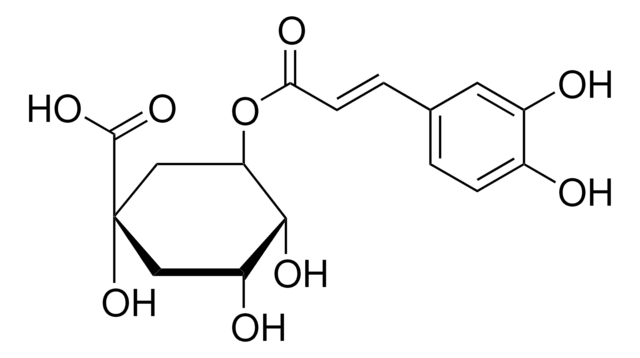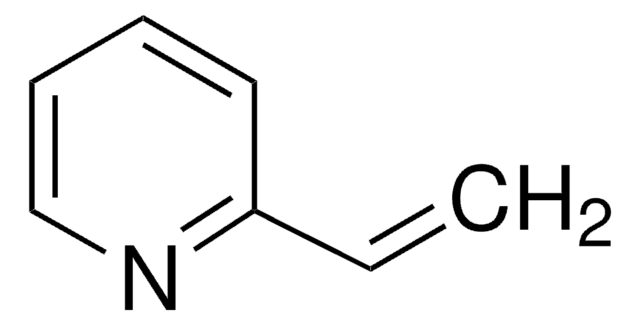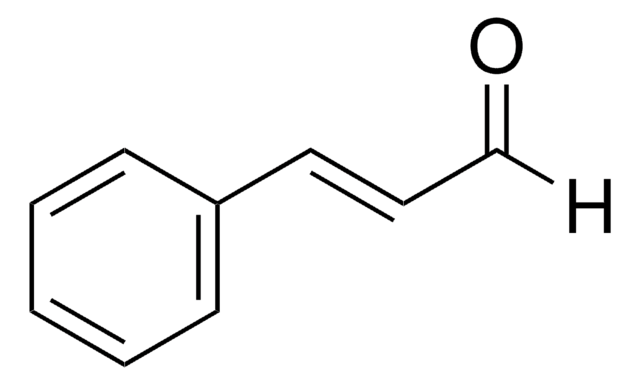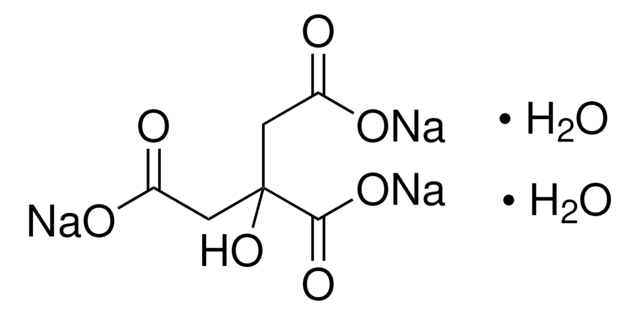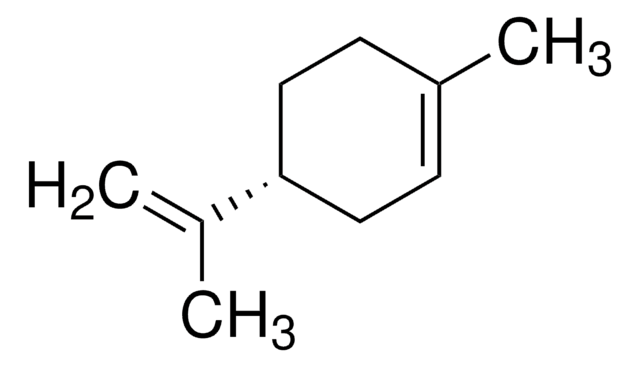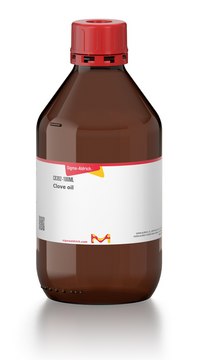61800
Lemongrass oil
natural, from Cymbopogon citratus D.C.
Sign Into View Organizational & Contract Pricing
All Photos(1)
About This Item
Recommended Products
biological source
Cymbopogon citratus D.C.
quality
natural
impurities
~75% citral
refractive index
n20/D 1.49
bp
224 °C (lit.)
storage temp.
2-8°C
Looking for similar products? Visit Product Comparison Guide
Other Notes
Download our Flavors and Fragrances Catalog to view our entire product line.
Subscribe to our Newsletter to keep up to date on our latest Flavors and Fragrances offerings.
Subscribe to our Newsletter to keep up to date on our latest Flavors and Fragrances offerings.
Signal Word
Warning
Hazard Statements
Precautionary Statements
Hazard Classifications
Eye Irrit. 2 - Skin Irrit. 2 - STOT SE 3
Target Organs
Respiratory system
Storage Class Code
10 - Combustible liquids
WGK
WGK 2
Flash Point(F)
194.0 °F - closed cup
Flash Point(C)
90 °C - closed cup
Personal Protective Equipment
dust mask type N95 (US), Eyeshields, Gloves
Regulatory Information
新产品
Choose from one of the most recent versions:
Certificates of Analysis (COA)
Lot/Batch Number
Don't see the Right Version?
If you require a particular version, you can look up a specific certificate by the Lot or Batch number.
Already Own This Product?
Find documentation for the products that you have recently purchased in the Document Library.
M Maizura et al.
Journal of food science, 72(6), C324-C330 (2007-11-13)
Edible films were prepared from a mixture of partially hydrolyzed sago starch and alginate (SA). Lemongrass oil (0.1% to 0.4%, v/w) and glycerol (0% and 20%, w/w) were incorporated in the films to act as natural antimicrobial agent and plasticizer
K Moore-Neibel et al.
Journal of applied microbiology, 112(3), 485-492 (2011-12-23)
We investigated the antimicrobial effectiveness of lemongrass essential oil on organic leafy greens, romaine and iceberg lettuces and mature and baby spinach, inoculated with Salmonella Newport. The influences of exposure times and abuse temperatures on bacterial survival were also investigated.
Fernando L Palhano et al.
International journal of food microbiology, 95(1), 61-66 (2004-07-09)
Anthracnose, caused by the fungus Colletotrichum gloeosporioides, is the main post-harvest disease of the papaya. Inactivation of the spores of C. gloeosporioides in saline solution by the use of high hydrostatic pressure, citral oil and lemongrass oil, alone and in
Lucas T Bidinotto et al.
Journal of medicinal food, 15(2), 161-168 (2011-11-16)
Lemongrass (Cymbopogon citratus Stapf) essential oil has been used worldwide because of its ethnobotanical and medicinal usefulness. Regarding its medicinal usefulness, the present study evaluated the beneficial effects of lemongrass essential oil (LGEO) oral treatment on cell proliferation and apoptosis
Jareerat Aiemsaard et al.
Research in veterinary science, 91(3), e31-e37 (2011-02-15)
The aims of this study were to investigate the antibacterial activity of lemongrass oil (LG) and its major components which were citral, geraniol and myrcene, against four strains of clinically isolated bovine mastitis pathogens, including Staphylococcus aureus, Streptococcus agalactiae, Bacillus
Our team of scientists has experience in all areas of research including Life Science, Material Science, Chemical Synthesis, Chromatography, Analytical and many others.
Contact Technical Service
